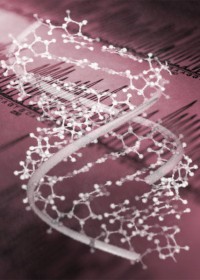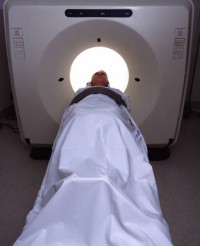
Half of all cancer deaths are preventable, according to a new American Association for Cancer Research report. You may be able to cut your cancer risk dramatically by making three lifestyle changes:
- Reduce sun exposure,
- Quit smoking, and
- Maintain a healthy weight.
Skin cancer is the most common cancer in the U.S. with more than two million people diagnosed each year. One in five Americans will develop skin cancer. You can significantly decrease your skin cancer risk by wearing broad-spectrum sun screen that protects against both UVA and UVB rays whenever you are outdoors, even on cloudy days and in the winter.
Lung cancer is the deadliest cancer in the U.S., responsible for a third of U.S. cancer fatalities. Twice as many people die from lung cancer as from prostate and breast cancer. And lung cancer doesn’t just kill smokers. Non-smokers who live with smokers or work in a smoke-filled environment are also at increased risk of lung cancer. While there is some concern that electronic cigarettes may contain cancer-causing agents, a New Zealand study found that e-cigarettes are as effective as nicotine patches in helping smokers quit.
Obesity is the elephant in the room when discussing cancer and lifestyle choices. Obesity is associated with a third of U.S. cancer deaths, but the public is only just beginning to see obesity as a cancer risk factor. Obesity can interfere with your body’s metabolic function, weakening your immune system’s ability to fight off cancer and other diseases. Maintaining a healthy weight through diet and exercise may play a significant role in reducing cancer risk.





